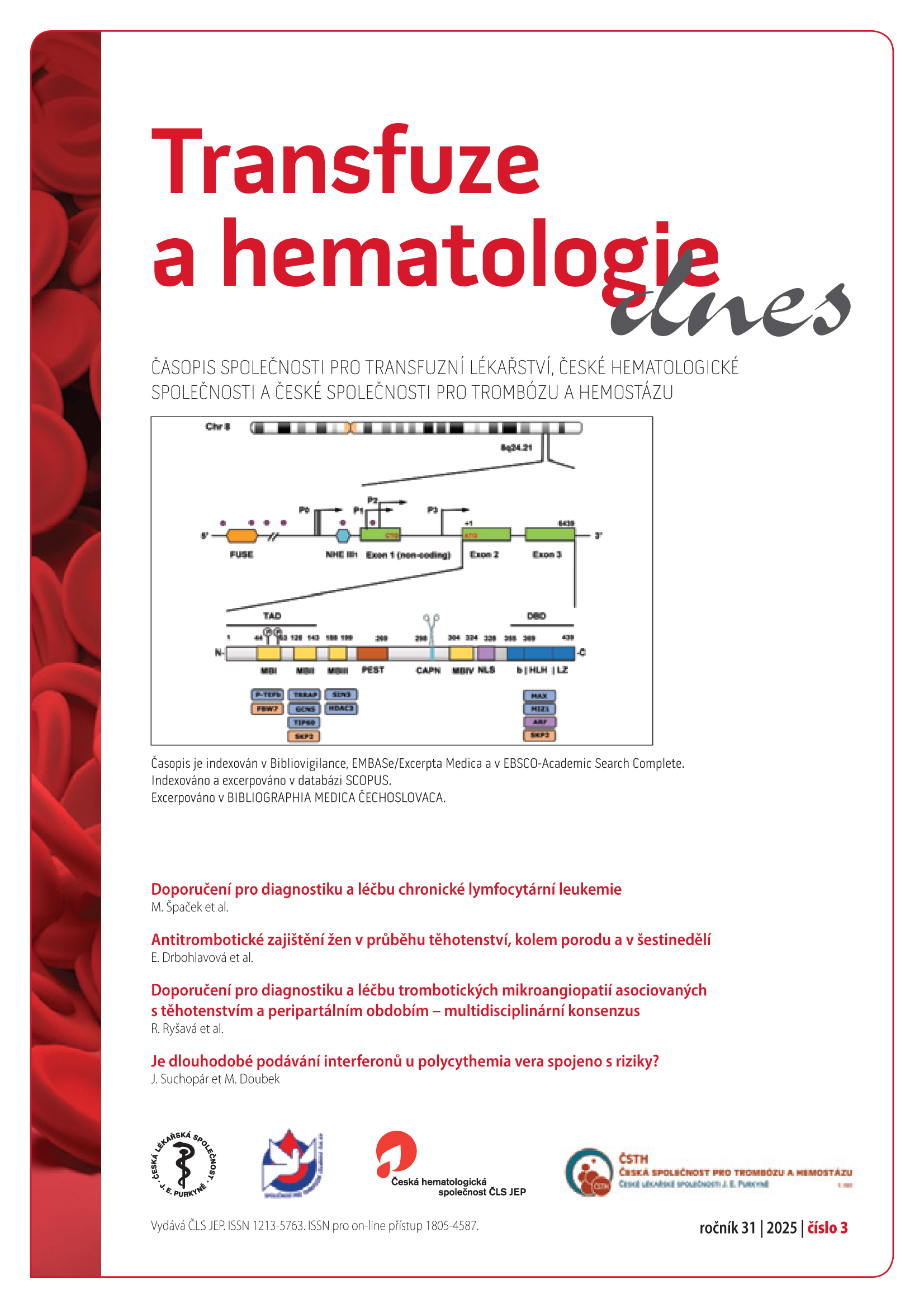Moderní strategie léčby CLL: význam fixních režimů a jejich opětovného využití
Keywords:
Chronická lymfocytární leukemie, venetoklax, fixní délka terapie, retreatmentAbstract
The introduction of fixed-duration treatment regimens represents a significant advancement in managing chronic lymphocytic leukemia (CLL), as it allows the achievement of deep remissions without the need for continuous medication. Combinations of targeted agents—particularly venetoclax with obinutuzumab or a Bruton tyrosine kinase inhibitor—have demonstrated high efficacy and a favorable safety profile while offering patients the benefit of so-called "treatment holidays." This approach is not only clinically effective but also cost-efficient.
An increasingly discussed topic is the potential for re-administration of these regimens in the event of relapse—so-called retreatment. Data from the Murano study and real-world experience suggest that retreatment with venetoclax-based regimens may be effective and well tolerated in selected patients, mainly when relapse occurs after a prolonged treatment-free period. This strategy is already reflected in both Czech and international clinical guidelines, which consider retreatment a reasonable option for patients whose initial response lasted at least 1–2 years.
In summary, fixed-duration regimens represent a practical, modern approach to CLL therapy, and the possibility of their repeated use opens new perspectives for sequential treatment strategies in clinical practice. However, as current evidence is derived mainly from retrospective analyses and small patient cohorts, prospective studies with well-defined criteria and long-term follow-up are essential to confirm this approach's efficacy and safety definitively.


